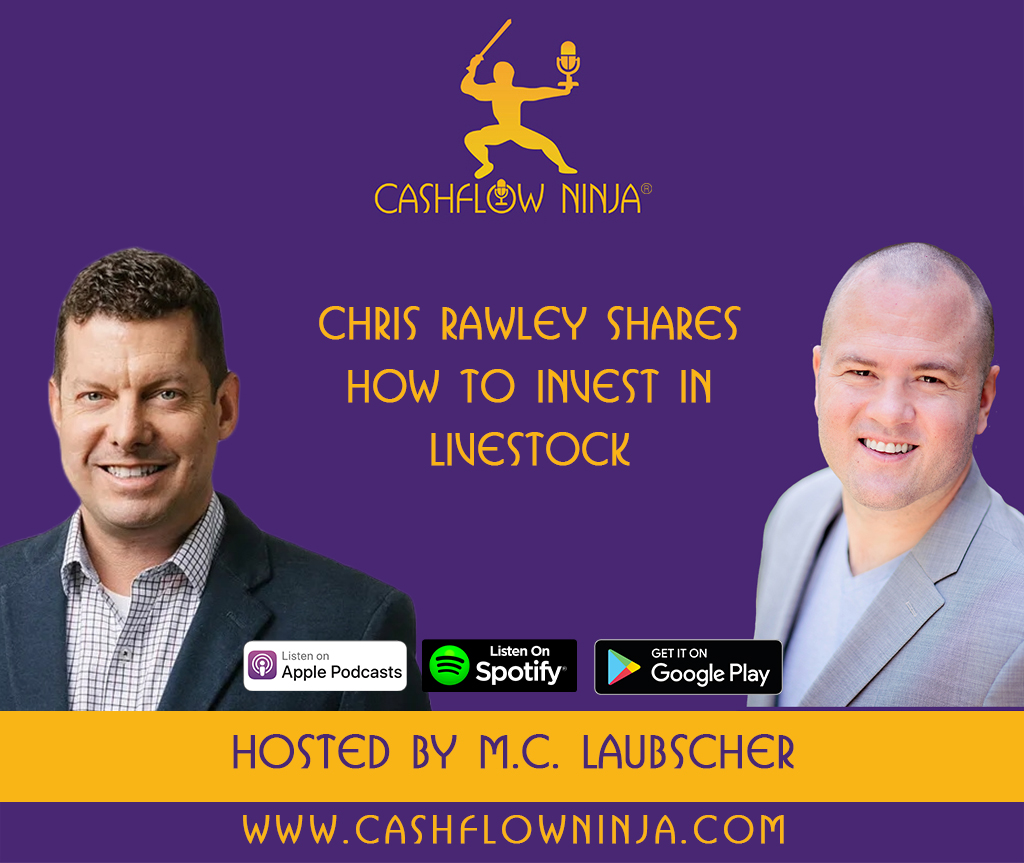
Private lending is a unique form of financing that operates outside the conventional commercial banking system or institutional lenders. It’s often facilitated by what we call “private money lenders” or, more simply, “private lenders.” But what does this process entail?
Well, let’s start with the lender. This could be an individual, a group, or even a business. These lenders have funds they’re looking to lend out, all to earn a return on their investment.
On the other side of the coin, we have the borrower. This could be another individual, a different business, or an investor who needs financing. These borrowers might have hit a roadblock with securing funds from traditional sources or prefer the flexibility and speed that private lenders bring.
Once we have these two parties, the next step is reaching an agreement. Both the lender and the borrower come together to iron out the loan terms – things like the interest rate, the loan length, the frequency of payments, and other crucial details. These terms are typically set in stone in a legal document, such as a promissory note or a loan agreement.
Now, most loans aren’t given away freely – some form of collateral secures them. This is usually something substantial like real estate or other assets. So, if the borrower fails to uphold their end of the deal and repay the loan, the lender has the right to take possession of the collateral in lieu of payment.
And finally, there’s repayment. The borrower repays the loan based on the terms that were agreed upon. This could involve monthly payments, interest-only payments with a balloon payment at the end, or any other structure the lender and borrower agreed upon.
Private lending involves a lender and a borrower agreeing on a loan secured by collateral and repaid based on the agreed-upon terms.
Why Invest In Private Lending?
Private lending is an appealing avenue for investors, and it’s easy to see why.
One of the most attractive features of private lending is the potential for higher returns. Private loans typically carry higher interest rates than their traditional counterparts, which can translate into more substantial profits for lenders.
But it’s not just about the money. Private lending also offers a level of control that’s hard to find elsewhere. Lenders can negotiate terms, handpick borrowers, and determine what kind of collateral they will accept. It’s a hands-on approach that many investors appreciate.
Beyond control, private lending allows investors to add another layer of diversification to their portfolios. They can venture beyond stocks and bonds by investing in private loans, opening up new investment possibilities.
Security is another significant advantage of private lending. Secured loans come with tangible collateral – usually as substantial as real estate. This means that if a borrower defaults, the lender can take ownership of an asset, offering some degree of protection for their investment.
The duration of private loans is another selling point. Many private loans, particularly those in real estate investing, come with shorter terms, usually 6 to 12 months. This offers liquidity and flexibility.
Private lending often involves establishing a direct relationship with borrowers. This fosters a sense of transparency and promotes open communication, allowing lenders to keep a finger on the pulse of the borrower’s financial situation and the loan’s progress.
Finally, private lending meets a crucial market need. It serves borrowers who might not qualify for traditional financing due to stringent criteria. In doing so, private lending becomes a necessary and well-received option, further enhancing the potential for successful lending opportunities.
The Private Lending Ecosystem
In the lending world, there’s a whole ecosystem at play, with various key players working in harmony to keep things running smoothly. At the heart of this system are private lenders and borrowers.
Brokers or intermediaries act as the connectors in this scenario. They’re the professionals who bring borrowers and lenders together, often facilitating the deal and ensuring that terms are met on both sides. They’re like matchmakers in the lending world, helping to create successful pairings.
Servicing companies are the unsung heroes of the lending world. They manage loan accounts, ensuring that payments are collected and disbursed correctly. It’s a behind-the-scenes role, but a crucial one nonetheless.
Legal professionals, such as lawyers, also have an essential part to play. They’re responsible for drafting loan agreements, ensuring compliance with local regulations, and handling any disputes or defaults that may arise. They’re the peacekeepers, keeping everything within the bounds of the law.
And let’s remember appraisers and inspectors. They’re especially vital in real estate lending, confirming the value and condition of properties used as collateral. They ensure that the assets underpinning the loans are worth the risk.
Private lending is a broad field encompassing various areas. Real estate loans are among the most common types of private lending, including hard money loans, bridge loans, fix-and-flip financing, and more.
How To Generate Income
Investors generate income in private lending in a variety of ways. Let’s delve into it.
One of the primary sources of income is interest. With fixed interest rates, there’s a sense of predictability for both parties involved – the rates remain constant throughout the loan’s duration. On the other hand, variable or adjustable interest rates are tied to a benchmark rate, which can be advantageous for lenders when interest rates are on an upward trend.
Another source of income comes in the form of points or origination fees. These are upfront charges, usually expressed as a percentage of the amount incurred for processing a new loan. Because private lending often involves higher risk and a faster transaction speed than traditional banking, these fees tend to be heftier.
Then, there are late fees and penalties. If borrowers miss a payment or default on their loan, they could face additional charges. While this scenario does increase the lender’s risk, it can also pad their income.
Exit or prepayment fees are another way lenders can earn. Some private loans have a clause that imposes fees if the borrower pays off the loan before a specified date.
Lenders may negotiate equity participation or profit-sharing in specific scenarios like real estate development or startups. This means they get a share in the project or business profits and the loan interest.
Loan servicing fees are another consideration. Investors or lending groups who manage a pool of loans may charge these fees for ongoing administration and management.
Securitization is another strategy employed by lenders. They pool and sell private loans as securities to other investors, which can help them offload some risk and free up capital for new loans.
Lastly, there’s the option of loan sales or secondary market transactions. The lender can gain immediate liquidity by selling the loan to another investor or institution.
How To Lose Money
Investing in private lending has risks, and it’s crucial to be aware of the potential pitfalls that can result in losses.
For instance, there’s the default risk, where a borrower may fail to meet the loan’s terms, leading to a potential loss for the investor. Then, you have situations involving inadequate collateral. If a loan is backed by an asset such as real estate, and the borrower defaults, the value of the collateral might fall short of the loan amount, especially if the market value has dipped.
Legal and regulatory risks also come into play. Loans that need to be structured correctly could violate local regulations, leading to invalidated loan terms or costly legal battles.
Economic downturns can be another headache for lenders. In challenging economic times, default rates often rise, leading to higher losses for lenders.
Interest rate fluctuations are another risk factor. If an investor lends at a fixed rate and interest rates get a boost, they may miss out on higher returns elsewhere. Conversely, the returns might not meet expectations if they lend at a variable rate and rates dive.
Fraud is another worrying aspect. There’s always the risk of borrowers misrepresenting their financial situation or have no intention of repaying the loan.
Then, there’s the risk associated with poor due diligence. If investors don’t vet borrowers thoroughly, understand the projects, or assess repayment viability, they’re putting themselves at risk of loss.
Lack of diversification is another risk to consider. Investing significantly in a single loan or niche sector can amplify risks. If that particular loan or sector faces challenges, it could lead to significant losses.
Private loans can also pose liquidity risks. They might be challenging to sell or transfer, and if an investor needs to access their money quickly, they might have to sell the loan at a discount, resulting in a loss.
When investing through peer-to-peer lending platforms, there’s an additional risk of platform failure or fraud.
Early repayment by a borrower might seem reasonable, but it could mean the investor earns less interest income than planned.
The growth of private lending and P2P platforms has made the landscape more competitive, potentially driving down interest rates and potential returns.
Contractual loopholes are another concern. A savvy borrower might exploit these loopholes to evade or delay repayment if the lending agreement isn’t watertight.
Finally, misunderstanding the tax implications of private lending can eat into returns.
Positives and Negatives Of Private Lending
Positives:
Higher Potential Returns: Private lenders often earn higher interest rates than traditional banks, which can result in potentially more significant returns.
Passive Income: Once the loan is established, it can generate regular income through interest payments, providing a passive source of funds.
Collateral-Based Security: Many private loans, particularly in real estate, are backed by collateral. This safeguard offers some protection to the lender.
Flexibility: Private lending allows for more adaptable loan terms customized to specific situations or mutual agreements between parties.
Shorter Loan Duration: Private loans commonly have shorter durations than bank loans, enabling lenders to recoup their principal amount more quickly.
Diversification: It allows investors to diversify portfolios beyond traditional investments like stocks, bonds, or real estate.
Direct Control: Lenders can directly negotiate terms, evaluate borrowers, and influence the loan structure.
Less Bureaucracy: Typically, private loans can be executed faster and with fewer administrative hurdles compared to traditional bank loans.
Potential for Relationship Building: Through direct dealings with borrowers, lenders can establish business relationships that may lead to other opportunities.
Negatives:
Default Risk: Sometimes, borrowers may fail to make payments or default entirely, leading to potential losses.
Liquidity Concerns: Unlike other investments, private loans are challenging to convert into cash quickly, often requiring selling at a discount.
Due Diligence Requirements: Before investing, it’s crucial to vet borrowers to mitigate risk thoroughly, but this process can be time-consuming and requires expertise.
Economic Sensitivity: During economic downturns, the default rate can increase, and the value of collateral (if any) can decrease.
Lack of Diversification: Investing in only a few large loans exposes you to significant losses if one borrower defaults.
Regulatory and Legal Risks: Private lending may face regulatory challenges depending on the jurisdiction, and non-compliance can result in legal complications.
Interest Rate Risk: If rates go up and you have committed to a fixed-rate loan, you might miss out on potentially higher returns elsewhere.
Reinvestment Risk: If a loan is repaid early, reinvesting the principal at a lower rate due to falling market rates becomes risky.
Platform Risk: If you are using peer-to-peer lending platforms, there is a risk associated with the platform’s stability and security.
Fraud Risk: There is always a chance of encountering fraudulent borrowers, which can lead to significant losses.
Competitive Landscape: As private lending becomes more popular, increased competition may drive down potential returns.
Investment Opportunity Filter™
The Investment Opportunity Filter™ evaluates an investment opportunity based on cashflow, tax benefits, appreciation, and the leverage it provides.
Private Lending scores a 3/4 with The Investment Opportunity Filter™.
Private Lending can produce significant cashflow, have limited tax benefits, and you can increase the value of a note and sell the note at a profit. Private lending also allows leveraging others’ skill sets, capabilities, networks, and capital.
Download all the Niches Trilogy Books:
The 21 Best Cashflow Niches
Digital: https://www.
Audio: https://podcasters.spotify.
The 21 Most Unique Cashflow Niches
Digital: https://www.
Audio: https://podcasters.spotify.
The 21 Best Cash Growth Niches
Digital: https://www.
Audio: https://podcasters.spotify.
Listen To Cashflow Ninja Podcasts:
Cashflow Ninja
https://podcasters.spotify.
Cashflow Investing Secrets
https://podcasters.spotify.
Cashflow Ninja Banking
https://podcasters.spotify.
Share This
Related

840: Chris Rawley: How To Invest In Livestock
My guest in this episode is Chris Rawley. Chris is a retired Navy Reserve Captain, founded Harvest Returns in 2016 to democratize agricultural investments. During his 30-year military career, Rawley served in leadership roles across naval, expeditionary, and joint special operations units, deploying to regions such as Afghanistan, Iraq, Africa, the Middle East, and the…

839: Louis O’Connor: The Exciting Trends For Rare Earth Metals Right Now
My guest in this episode is Louis O’ Connor. Louis is the Founder, and Principal of Strategic Metals Invest. We are the only industry supplier in the world to offer private investors the option to purchase and profit from owning Strategic Metals. The investment play is exactly the same paradigm as investing in Precious Metals,…

838: Michael Cobb: How To Buy Your Home Overseas And Get It Right The First Time
Our guest today is Mike Cobb, co-founder & CEO of ECI Development and President of Gran Pacifica. Named among the “100 Outstanding CEOs in Central America” by Mercados & Tendencias, Mike left a successful career in the computer industry to pursue opportunities in the emerging real estate markets of Central America. In 1996, he co-founded…
